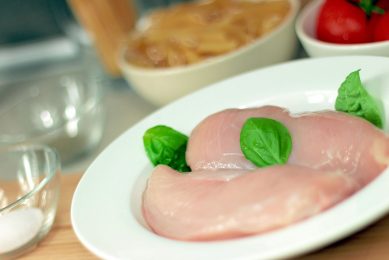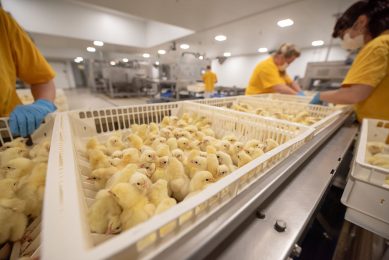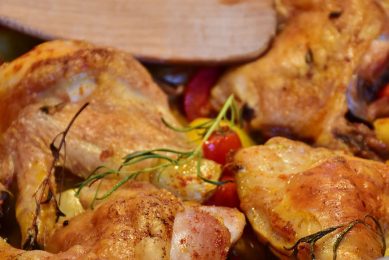Ethanol demand to impact chicken pricing
The most commonly used feedstock for renewable fuels is corn, which is also the largest component of animal feed.
The demand for corn from ethanol producers has already led to a doubling of the price of corn, putting great pressure on the cost of producing chickens and other food animals.
“We estimate that ethanol demand has already increased the price of chicken by six cents per pound wholesale,” said William P. Roenigk, senior vice president and chief economist for the National Chicken Council (NCC). “If government continues to push corn out of livestock and poultry feed and into the energy supply, the cost of producing food will only increase.”
“We estimate that ethanol demand has already increased the price of chicken by six cents per pound wholesale,” said William P. Roenigk, senior vice president and chief economist for the National Chicken Council (NCC). “If government continues to push corn out of livestock and poultry feed and into the energy supply, the cost of producing food will only increase.”
Production of ethanol is currently subsidized by the federal government through a tax credit of 51 US cents per gallon of ethanol added by fuel blenders. In his State of the Union message, President Bush called for an increase in the production of renewable and alternative fuels from 7.5 billion gallons to 35 billion gallons by 2017. He also proposed $2 billion in loans for the development of fuel from sources other than corn.
“While we applaud the Administration’s support for the development of alternative fuels, the fact remains that corn is the most popular feedstock for ethanol, and increasing the demand for ethanol will put additional pressure on the cost of both corn and food,” Roenigk said.
Related article:
India’s poultry sector must raise price to offset input costs
Ethanol production to have further impact on poultry industry
India’s poultry sector must raise price to offset input costs
Ethanol production to have further impact on poultry industry













